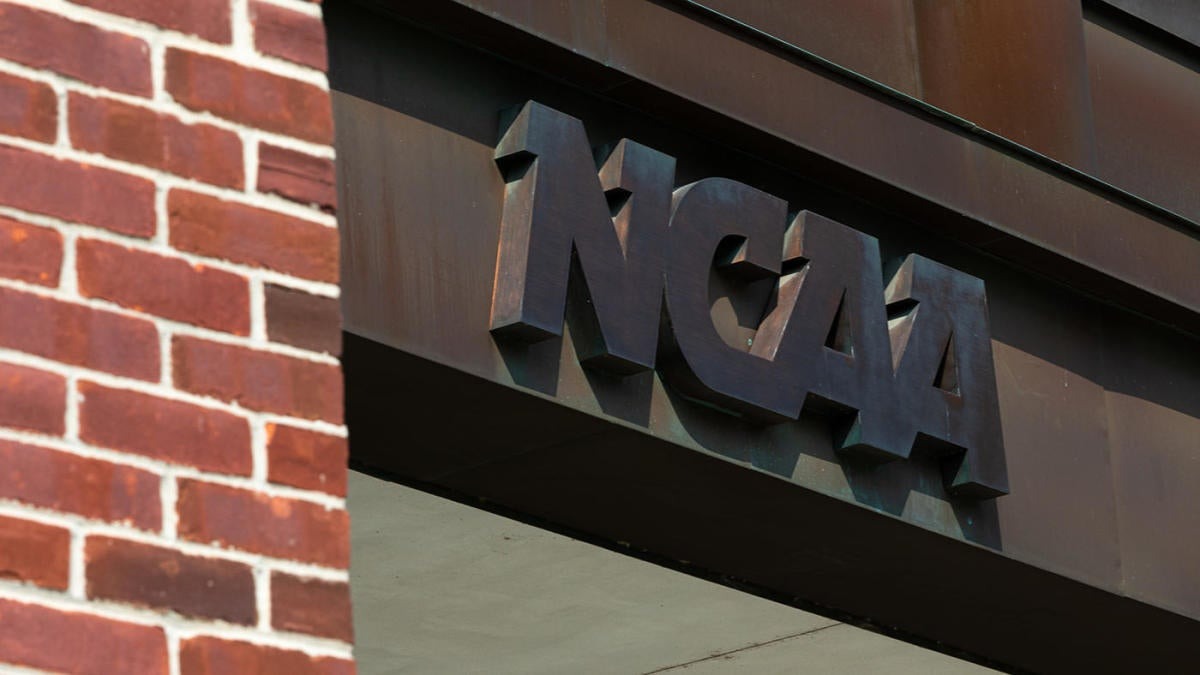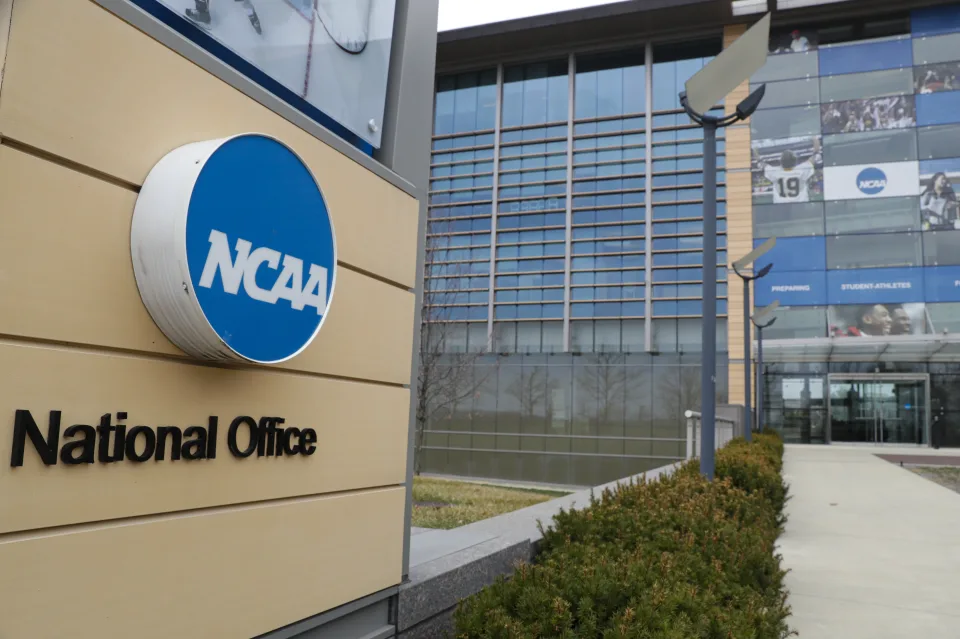Football Bowl Subdivision (FBS) coaches voted unanimously on Tuesday to support a proposal that would reduce college football’s transfer windows to just one 10-day period in January. This change is meant to preserve the integrity of bowl season and address the issues coaches believe exist in the current system.
During their meeting at the 2025 American Football Coaches Association convention, coaches agreed to move the transfer portal window to a single 10-day window from January 2 to January 12. This new window would begin in the 2025-26 academic year.
It would replace the current system, which has two portal windows—one in December and one in April—with this single, shorter window. The proposal will now be reviewed by the NCAA oversight committee and then the NCAA Division I council for final approval, but there is no guarantee it will pass.
“These recommendations are intended to give student-athletes and coaches more time to focus on their season while still providing opportunities for students who want to transfer to do so for the spring semester,” said AFCA president Craig Bohl.
“We reviewed a lot of information, and I’m convinced our coaches care deeply about the student-athletes. This decision was made with their stability in mind, so they can move forward.”
The main concerns with the current portal system are the timing conflicts in early December when the postseason, high school recruiting, and the portal overlap. This creates issues during bowl season.

For example, this year Penn State had to play two playoff games without its backup QB, Beau Pribula, who entered the portal in December. Marshall also had to opt out of its bowl game due to significant player departures after the regular season ended.
“We want to protect the season and keep it sacred, but at the same time, it’s a challenge to line up the academic and competitive calendar,” said SMU coach Rhett Lashlee. “We are on the front lines, dealing with the problems. Coming to a consensus on the best path forward was a great step.”
The new January transfer window would allow players to finish the season with their current teams but still have enough time to transfer to a new team, enroll for the spring semester, and participate in spring football with their new team.
How effective this proposal will be in reducing December opt-outs is still uncertain, and the lack of a spring transfer window may create additional challenges for players. This issue will likely be a major point of discussion as the proposal moves through the NCAA approval process.
“It was important for us as coaches to highlight the difficulties student-athletes face,” Bohl said. “When we first introduced the portal windows, we had good intentions, but there were unintended consequences. We spent a lot of time discussing these issues to make a decision that will benefit football.”
At the NCAA convention in Nashville, NCAA president Charlie Baker said the transfer windows are “challenging” because they must align with the academic calendar.
“Everybody is still going to college. Maybe 1% will play professionally, but it’s really important that we don’t lose sight of that,” Baker said. “I understand the calendar is difficult, and I expect it will be thoroughly reviewed by the appropriate committees. They have time to sort it out.”
